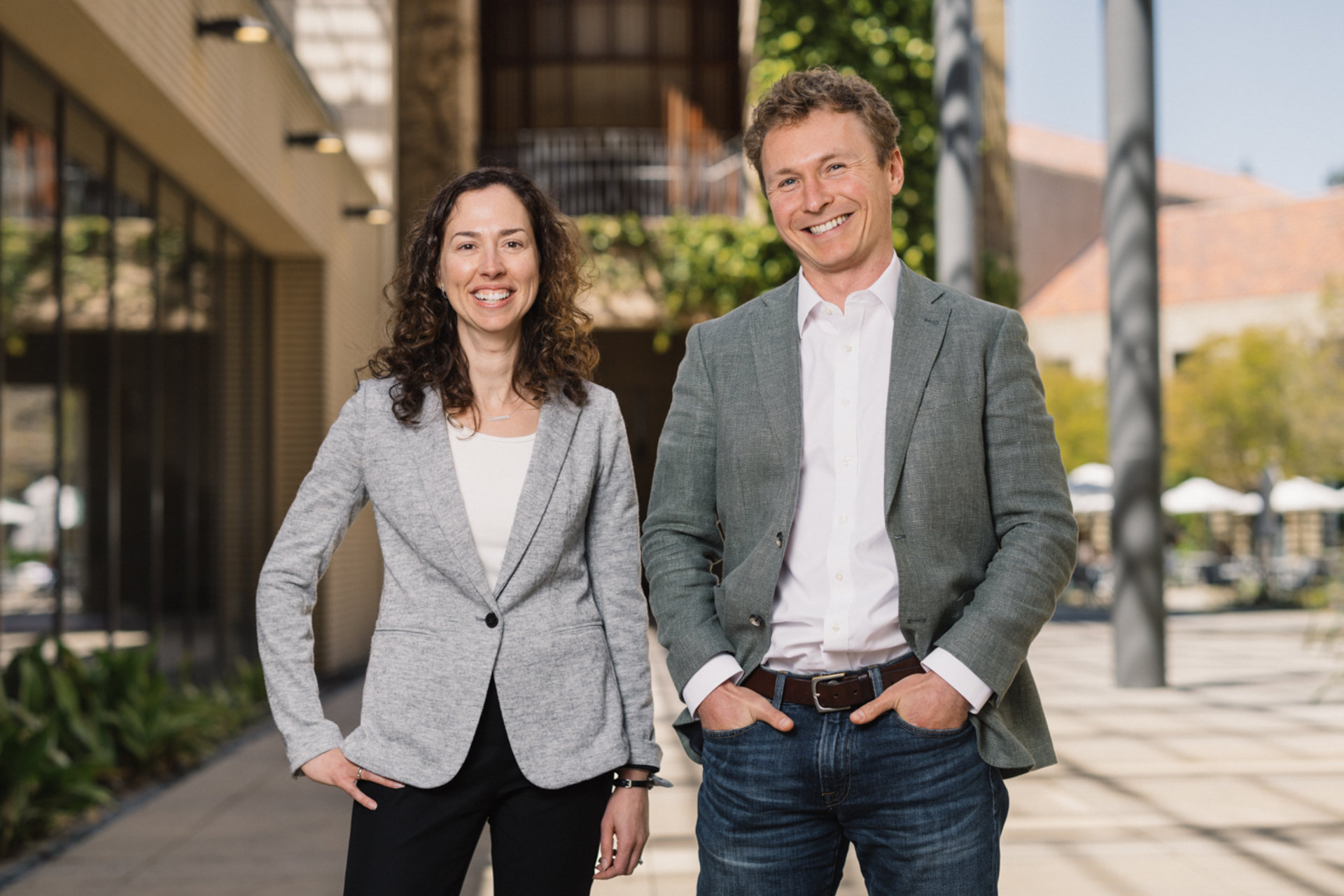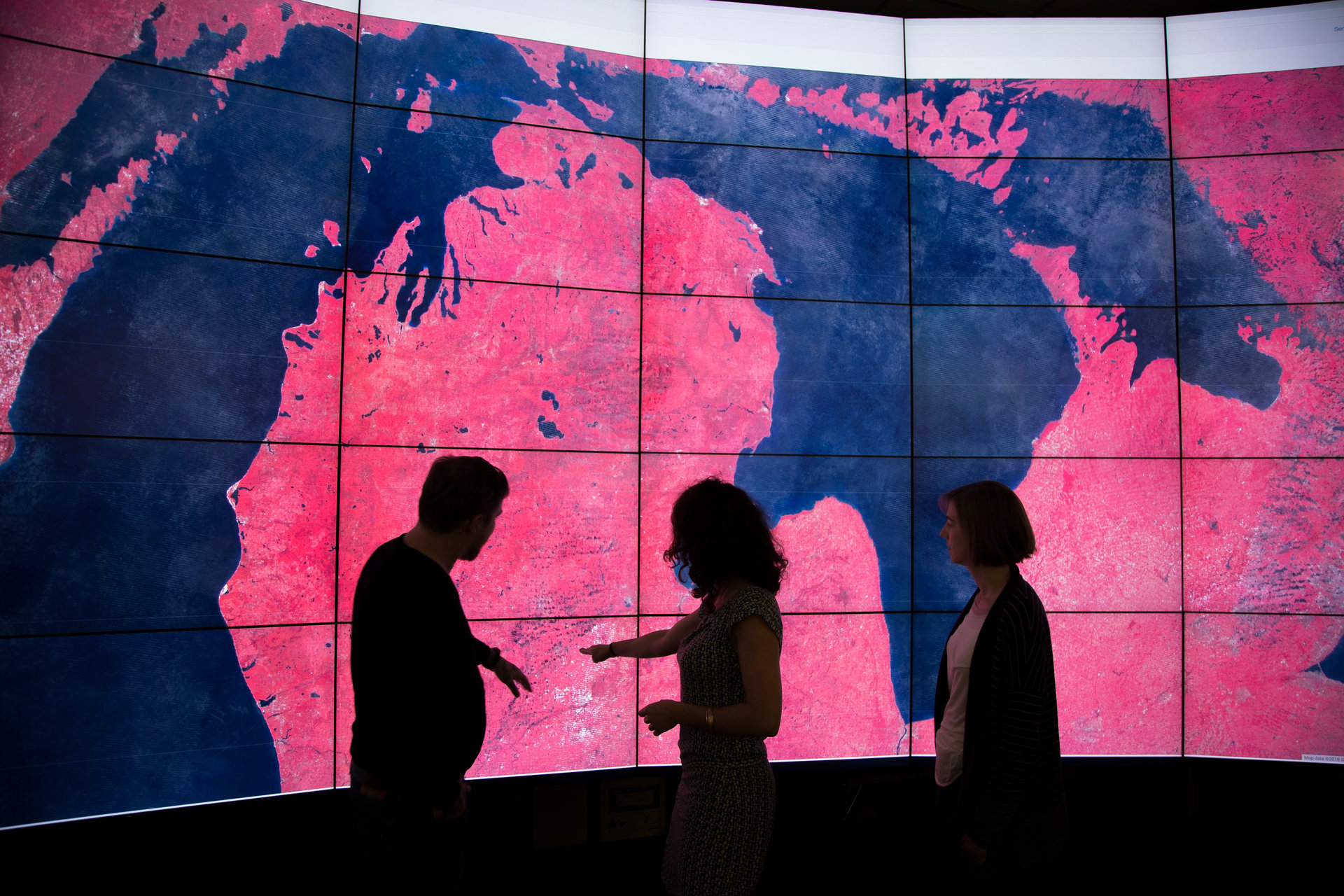Stanford Doerr School of Sustainability announces its first focus area
The Stanford Doerr School of Sustainability will focus on greenhouse gas removal from the atmosphere as the first of what will be several Flagship Destinations.
The Stanford Doerr School of Sustainability has named atmospheric greenhouse gas removal as the first of what will be many Flagship Destinations – ambitious and aspirational targets that have the potential for impactful solutions on a global scale.

“With our Flagship Destinations, we seek to have a substantive, positive impact on a large portion of humanity and our planet by translating knowledge to solutions at scale. It is critical to think about scale from the beginning so that we work on the right problems and solutions,” said Arun Majumdar, dean of the Stanford Doerr School of Sustainability.
The first Flagship Destination calls for solutions to be developed to remove gigatons of carbon dioxide equivalent from the atmosphere per year. Greenhouse gases such as carbon dioxide, methane, nitrous oxide, and others remain in the atmosphere long after being released by human activities, where they increase the overall temperature of the planet. Even with rapidly declining emissions, strategies for removing those gases will be essential for reaching the goal of limiting global warming to below 2 C above pre-industrial levels, as outlined in the Paris Agreement.
Currently, efforts to remove greenhouse gases from the atmosphere include natural solutions such as habitat restoration, agricultural practices, and engineered solutions such as direct air capture of greenhouse gases that are sequestered underground. But none come close to removing the volume of greenhouse gases needed to have a measurable impact on climate change.
“Central to the Flagship Destination model will be identifying finance and policy pathways for innovative, scalable ideas that allow for acceleration to impact,” said Michael Wara, interim director for policy engagement for the school’s Sustainability Accelerator. “A key ingredient to that success will be building in concepts of environmental and energy justice from the start as central considerations in evaluating the viability of and scalability of potential solutions.”
Additional Flagship Destinations will be developed through input and feedback from stakeholders in the school and across the university. Each will be measurable; have the possibility for global impact at scale; create outcomes in a timeframe that reflects the urgency of the sustainability challenge; examine equity issues; require an approach that integrates different viewpoints, partnerships, and strategies; and leverage the strengths of a global network of collaborators across many sectors. These could include goals focusing on adaptation to climate change, or protecting terrestrial and aquatic ecosystems, for example.
Focus on scale and urgency
The Flagship Destination’s focus on greenhouse gas removal builds on two recent workshops that explored potential approaches. One, held by the Stanford Woods Institute for the Environment, focused on natural climate solutions such as agricultural practices, ocean sequestration, and forest management. The Precourt Institute for Energy held a workshop on engineered and hybrid solutions, including carbon sequestration underground, bioenergy, and carbon mineralization.
None of the existing approaches are currently capable of addressing the scale of greenhouse gas removal needed to meet Paris Agreement goals. Even promising solutions face logistical, political, and financial barriers and could create equity issues that impede scalability. As a next step, the school will engage faculty and external experts to further map the current landscape of greenhouse gas removal, then identify whitespaces and ideas that can address current barriers through a white paper and a workshop to be held in the early summer.
Gaps in knowledge, technologies, policies, markets, or other aspects of a Flagship Destination that are identified through the workshop will drive activities within the school, including possible rounds of funding within institutes or the Sustainability Accelerator. In addition, there will be mechanisms for ideas that do not fall within the Flagship Destination, but are worthy of demonstrating proof-of-scalability that will be considered by a partnership between the school’s institutes and the Sustainability Accelerator. Institutes and centers within the school will continue to support a range of research areas spanning exploratory projects and impact-driven collaborations.
Explore More
-
The Stanford Forum on the Science of Energy Transition brought together scientific experts, technology innovators, and industry leaders to explore practical pathways to a decarbonized future.
-
A unique hands-on class teaches Stanford Law School students how to work with early-stage companies that have the potential to move the needle on climate and sustainability.
-
The first group of scholars supported under the new Sustainability Accelerator Fellowship program will focus on the challenge of removing billions of tons of greenhouse gases annually from Earth’s atmosphere by the middle of this century.



